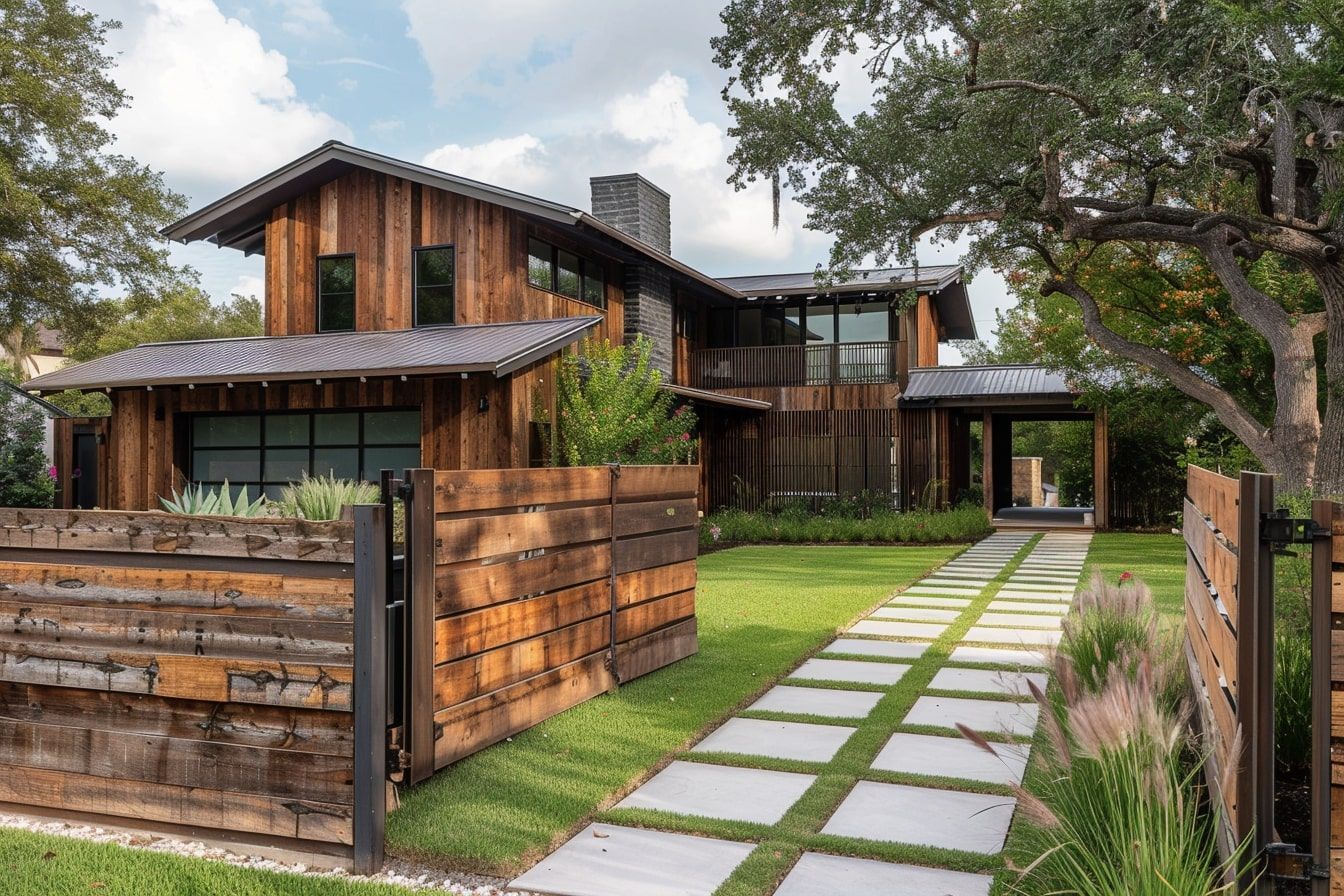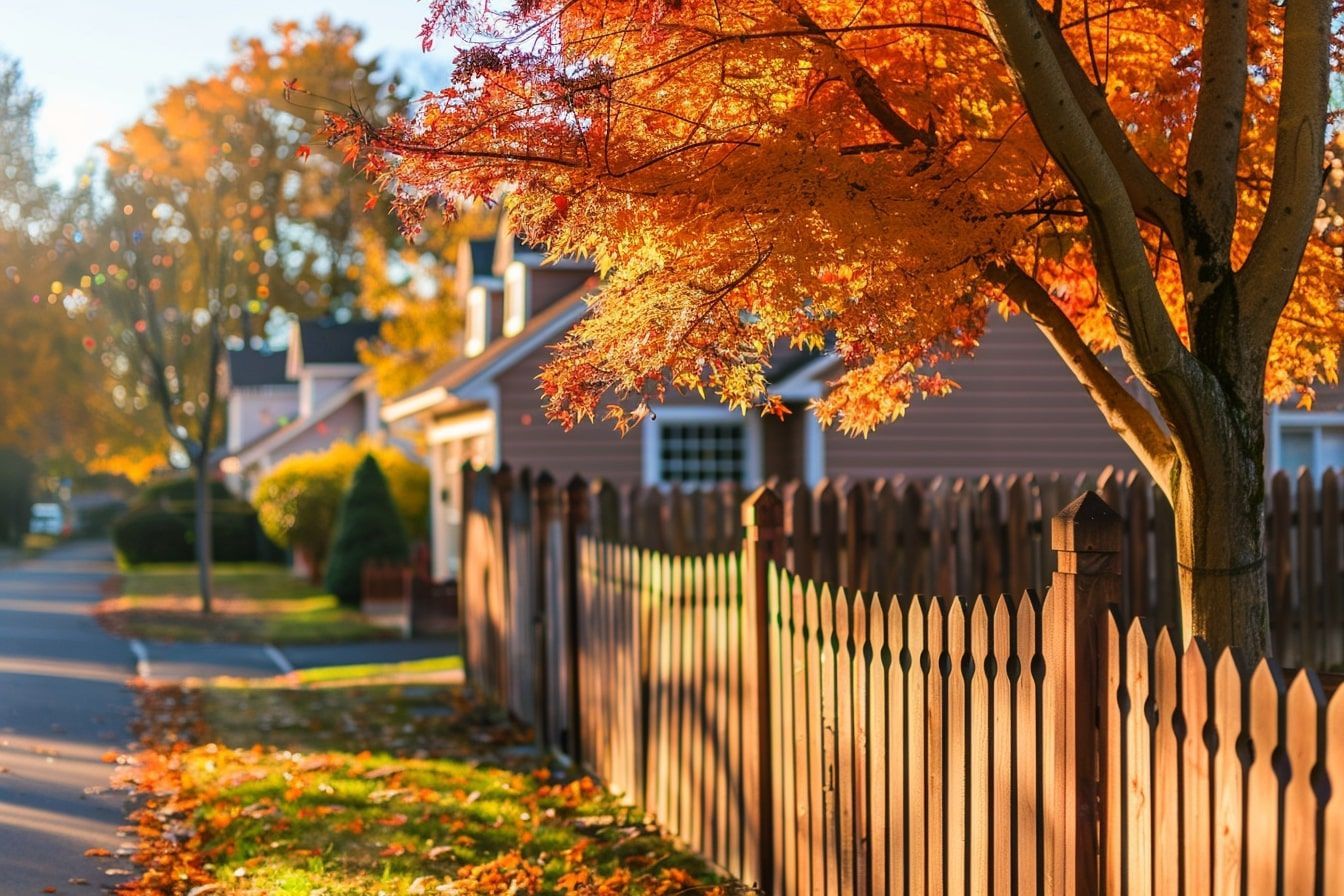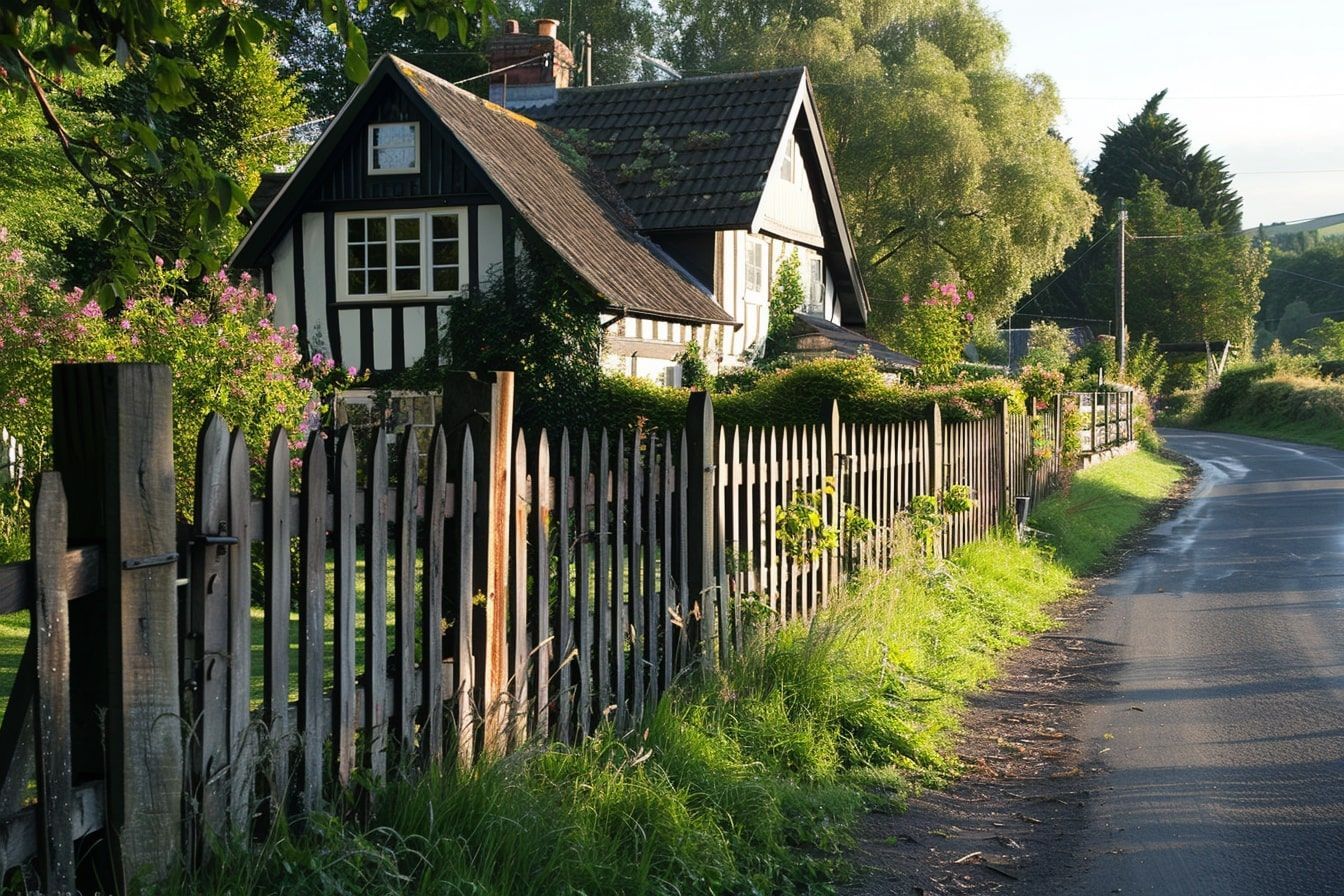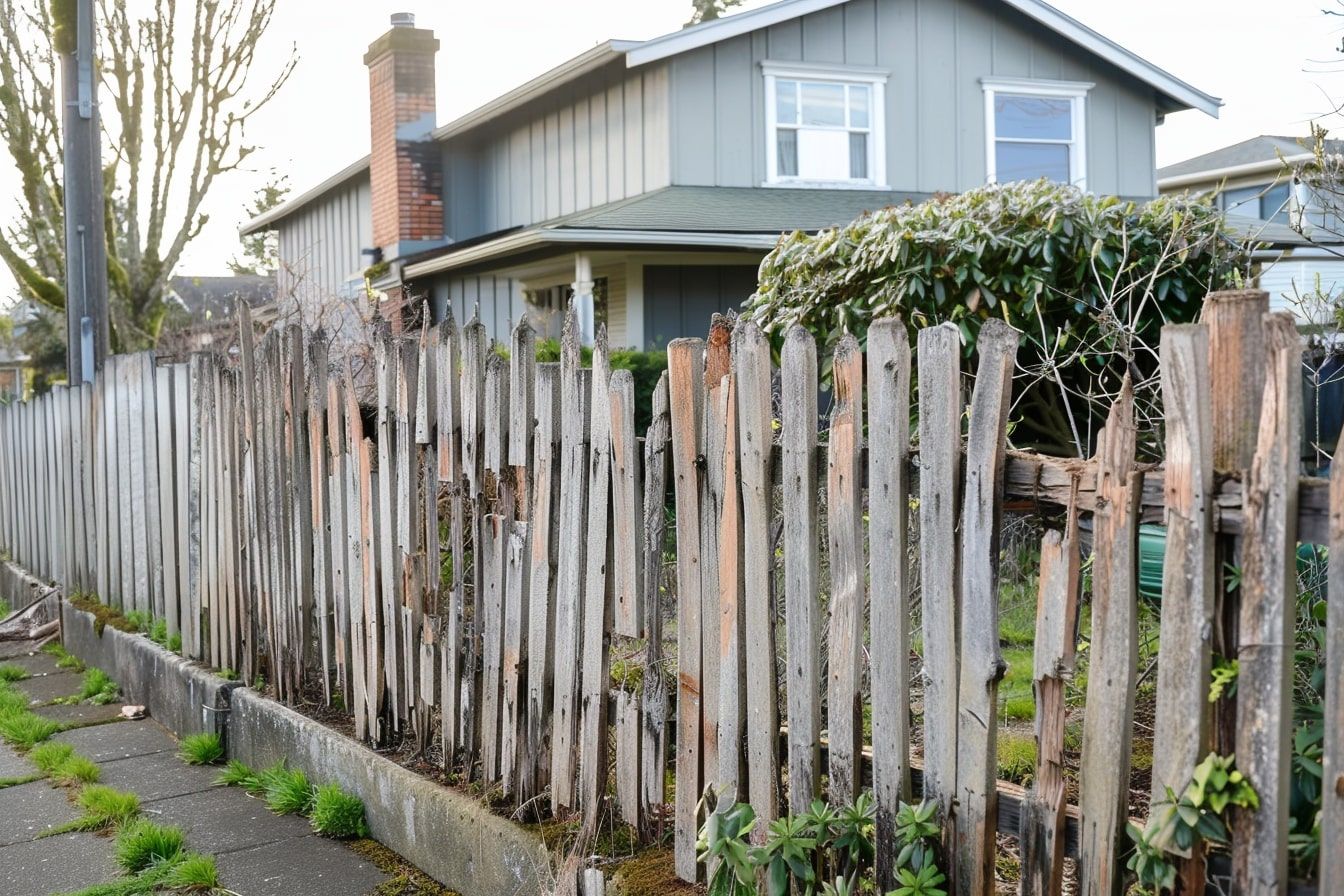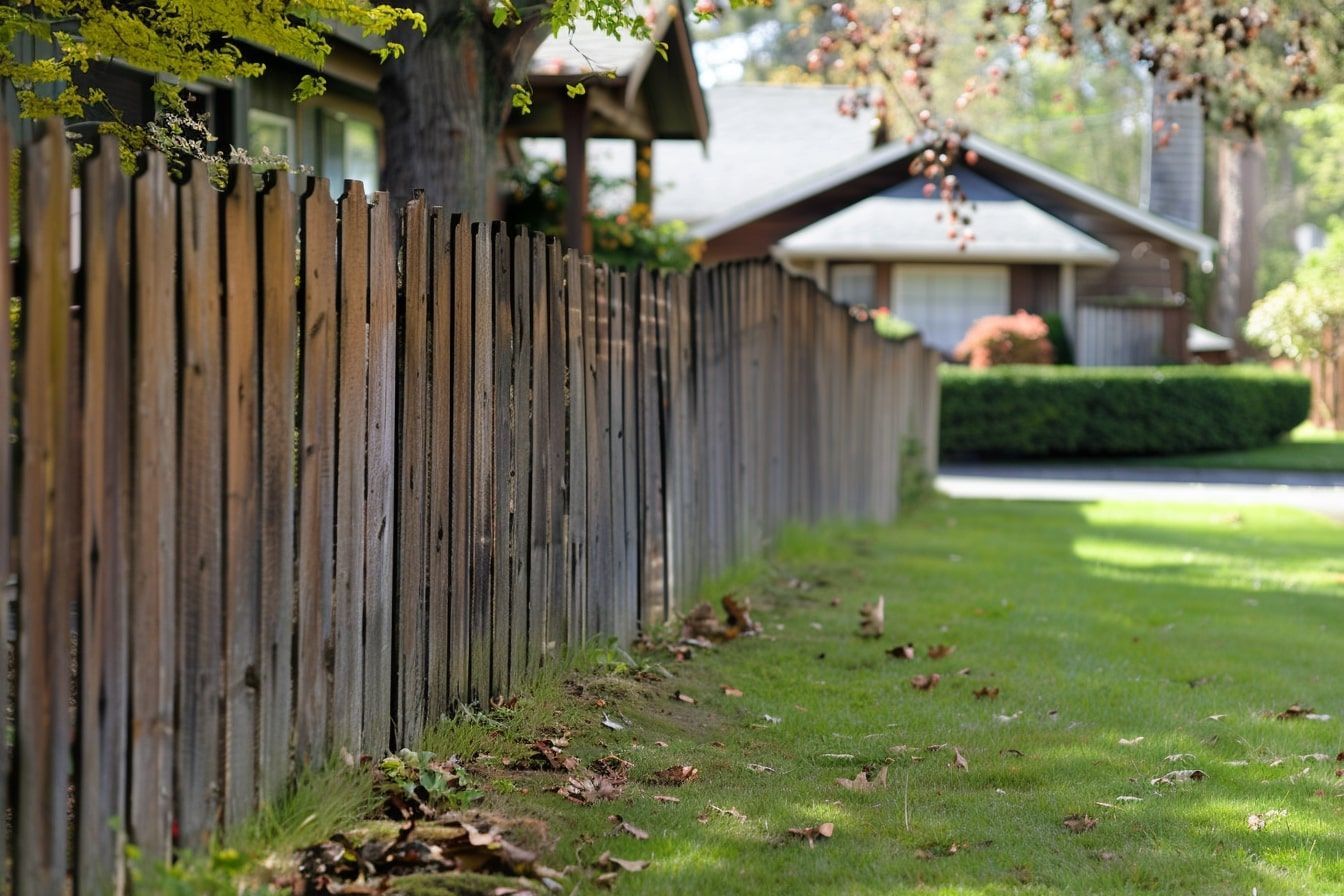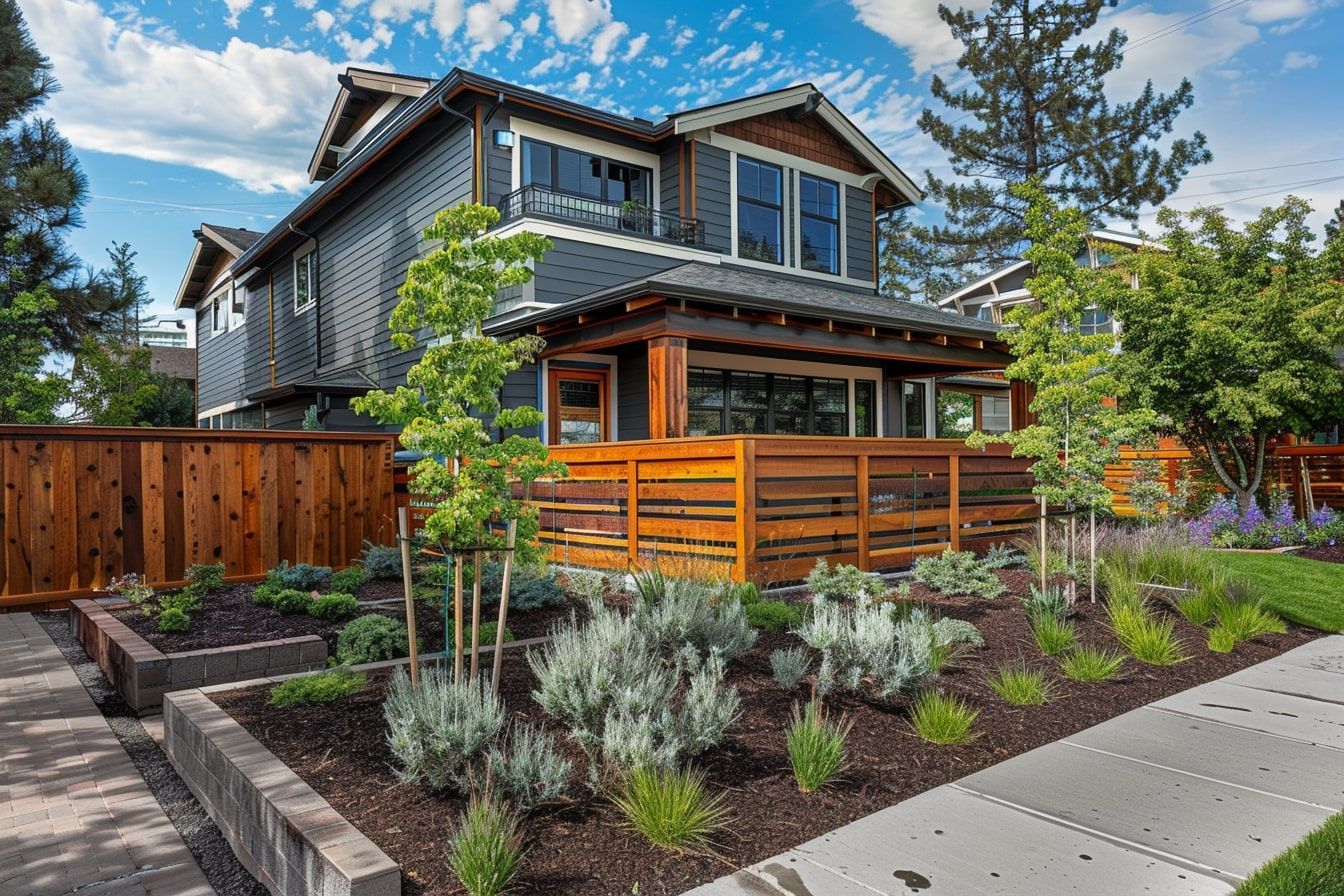Wood Fences vs. Metal Fences: Price and Performance
Are you considering a new fence for your property but unsure whether to choose wood or metal? Selecting the right type of fence is crucial for both aesthetics and functionality. This guide will help you make an informed decision by comparing the price and performance of wood and metal fences.
The Appeal of Wood Fences
Natural Beauty and Versatility
Wood fences are cherished for their natural beauty and versatility. They can be painted or stained to match any aesthetic preference, making them a popular choice for homeowners seeking a classic look.
Cost Considerations
When it comes to cost, wood fences tend to be more affordable upfront. The price can vary based on the type of wood used, with options ranging from economical pine to more expensive cedar or redwood.
- Pine: $10-$15 per linear foot
- Cedar: $15-$30 per linear foot
- Redwood: $20-$35 per linear foot
Maintenance Requirements
One downside of wood fences is the maintenance. They require regular sealing or staining to protect against weather damage and insect infestation.
- Annual Sealing/Staining: To maintain appearance and durability
- Repairs: Fixing warped or damaged boards
The Durability of Metal Fences
Strength and Longevity
Metal fences, including aluminum, steel, and wrought iron, are known for their strength and longevity. They offer superior durability compared to wood, making them ideal for security purposes.
Cost Factors
While metal fences are typically more expensive than wood, their longevity can justify the higher upfront cost. Here’s a general cost breakdown:
- Aluminum: $20-$30 per linear foot
- Steel: $30-$40 per linear foot
- Wrought Iron: $25-$50 per linear foot
Low Maintenance
Metal fences require less maintenance than wood fences. Occasional cleaning and rust prevention are usually sufficient to keep them in good condition.
Performance Comparison
Aesthetic Appeal
- Wood: Offers a traditional, rustic charm.
- Metal: Provides a modern, sleek look.
Security
- Wood: Provides privacy but can be less secure.
- Metal: Offers high security with options like spiked tops.
Longevity
- Wood: Generally lasts 10-15 years with proper maintenance.
- Metal: Can last 20-50 years with minimal upkeep.
Environmental Considerations
Sustainability
Wood is a renewable resource and can be more environmentally friendly if sourced responsibly. Metal fences, while durable, require more energy to produce.
Making the Right Choice
Deciding between wood and metal fences ultimately depends on your specific needs and preferences. Consider the following:
- Budget: Wood is more affordable initially, but metal can be more cost-effective in the long run.
- Maintenance: Wood requires more upkeep, whereas metal is relatively low maintenance.
- Aesthetic: Choose based on the look you want for your property.
- Security: Metal offers superior security.
Conclusion
Choosing the right fence is a balance of price, performance, and personal preference. For more information and a free quote, visit our website at RS Fence Installations. If you’re in Macomb or Oakland Counties, reach out to us to discuss your fencing needs and discover how we can enhance your property’s appeal and security.
External Resources
- For more detailed instructions on installing a wood fence, visit Lowe’s Installation Guide.
- To explore various wood fence design ideas, check out HGTV’s Wood Fence Design Gallery.
- Learn about the environmental benefits of wood fences at The American Forest Foundation.
The post Wood Fences vs. Metal Fences: Price and Performance appeared first on RS Fence Installations.
